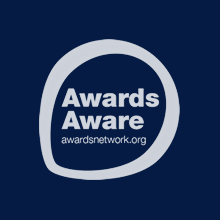Tennis & golfers elbow- Considerations relating to diagnosis
Link to NICE CKS 2017 definitions and diagnostic considerations here;
https://cks.nice.org.uk/tennis-elbow#!diagnosissub
Key points from the above documents (not exhaustive)
- Women and men are affected equally, and peak incidence occurs between 35–54 years of age
- Tennis elbow is the most common cause of persistent elbow pain, accounting for two-thirds of cases in general practice
- Golfers elbow much less common than tennis elbow
- Tennis elbow and golfers elbow are generally a self-limiting condition, and spontaneously improves in about 80–90% of people over 1–2 years
- Look for typical features (tennis elbow)
- Localized point tenderness on palpation over and/or distal to the lateral epicondyle and along the common extensor tendon.
- Resisted middle finger extension may be painful.
- Dorsiflex the wrist against resistance with the elbow flexed at 90 degrees — extending the elbow increases pain further.
- Grip strength may be reduced due to pain.
- A full range of active and passive movement at the elbow and wrist joints is usually preserved.
- Look for typical features (golfers elbow)
- Localized point tenderness on palpation over and/or distal to the medial epicondyle and along the common flexor tendon.
- Flexion the wrist against resistance with the elbow flexed at 90 degrees — extending the elbow increases pain further.
- Pain during resisted pronation is the most sensitive physical examination finding
- Grip strength may be reduced due to pain.
- A full range of active and passive movement at the elbow and wrist joints is usually preserved.
- Assess the neck and shoulder to exclude an alternative diagnosis, such as referred pain.
- Investigations are typically not required
- Consider differential diagnosis
M.A. & P.A. 13-05-23













